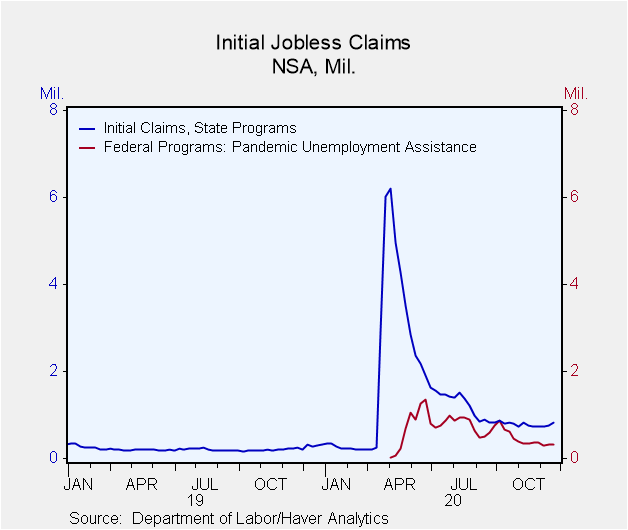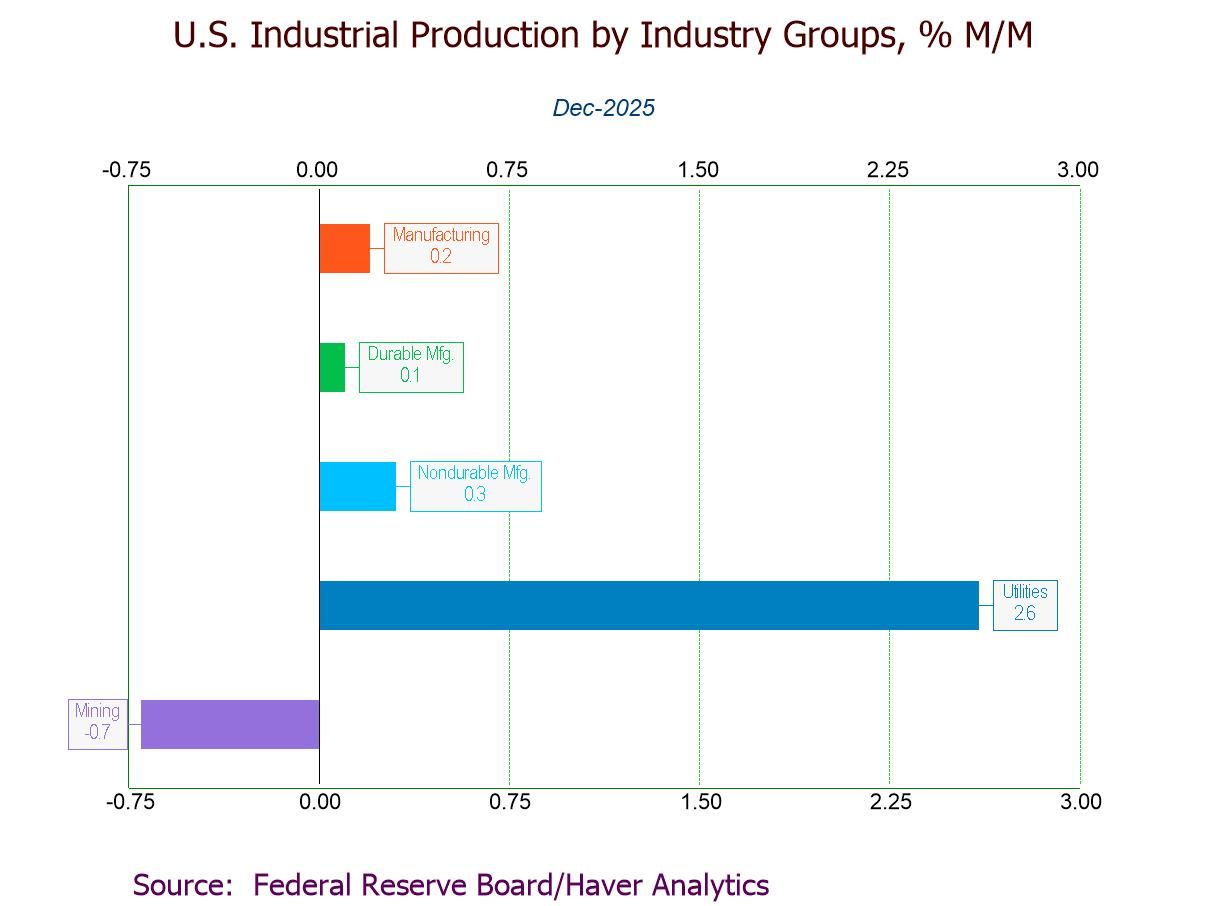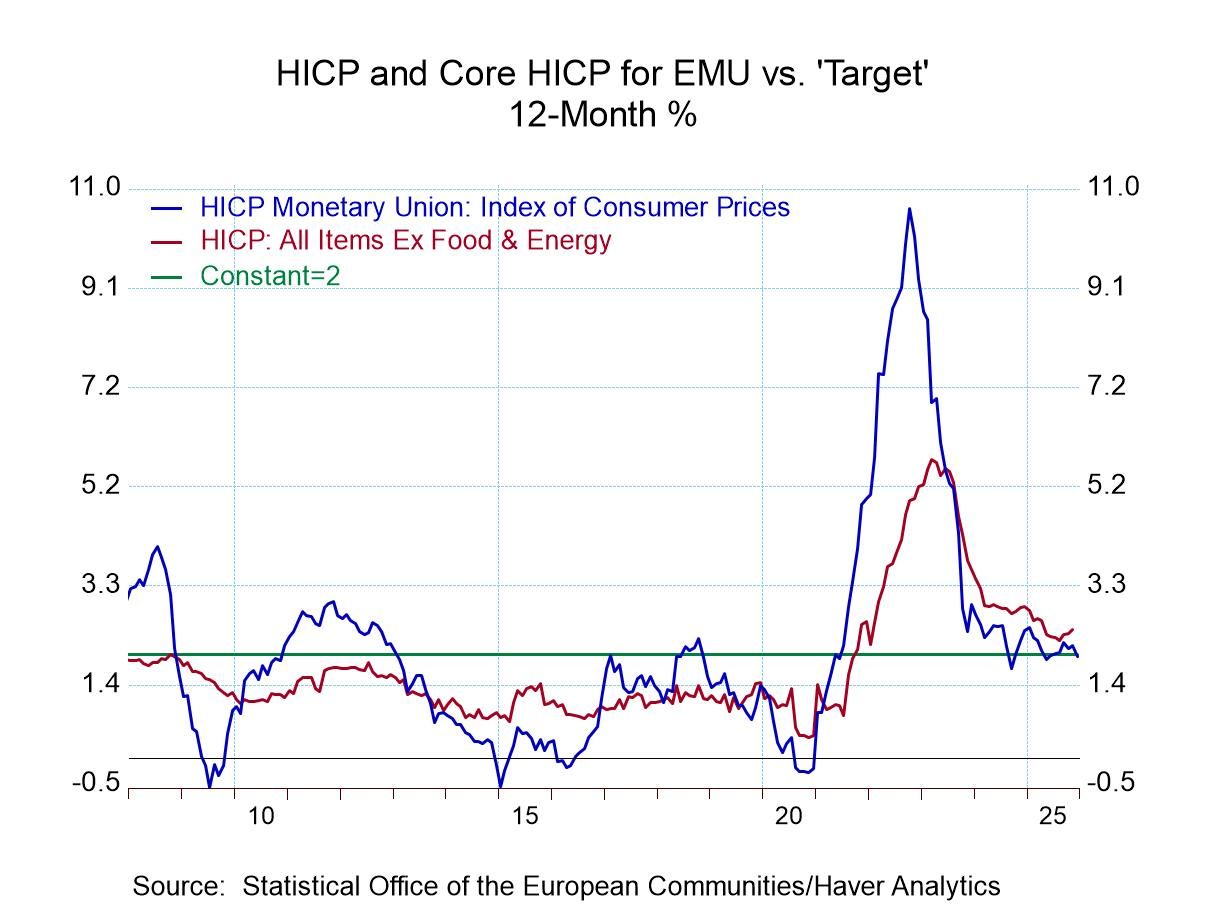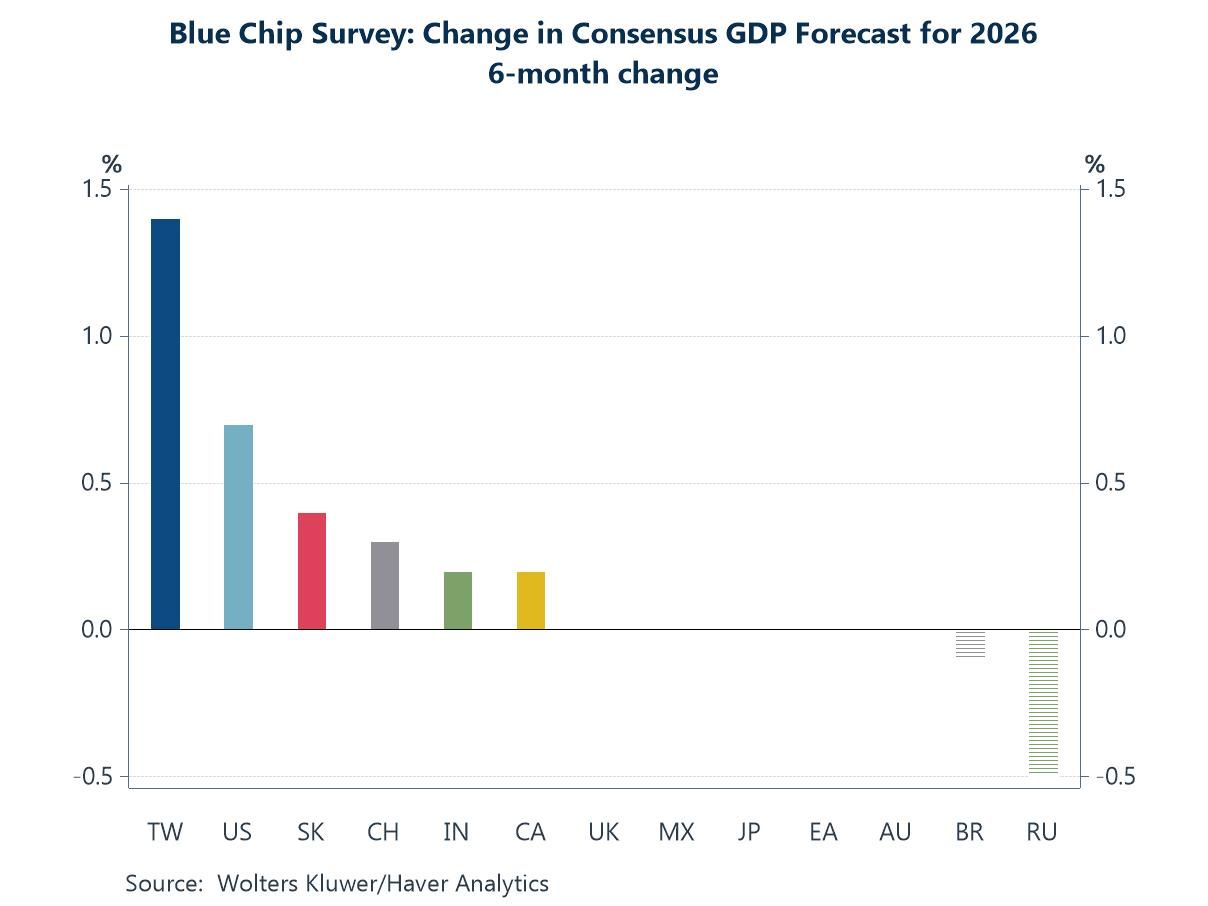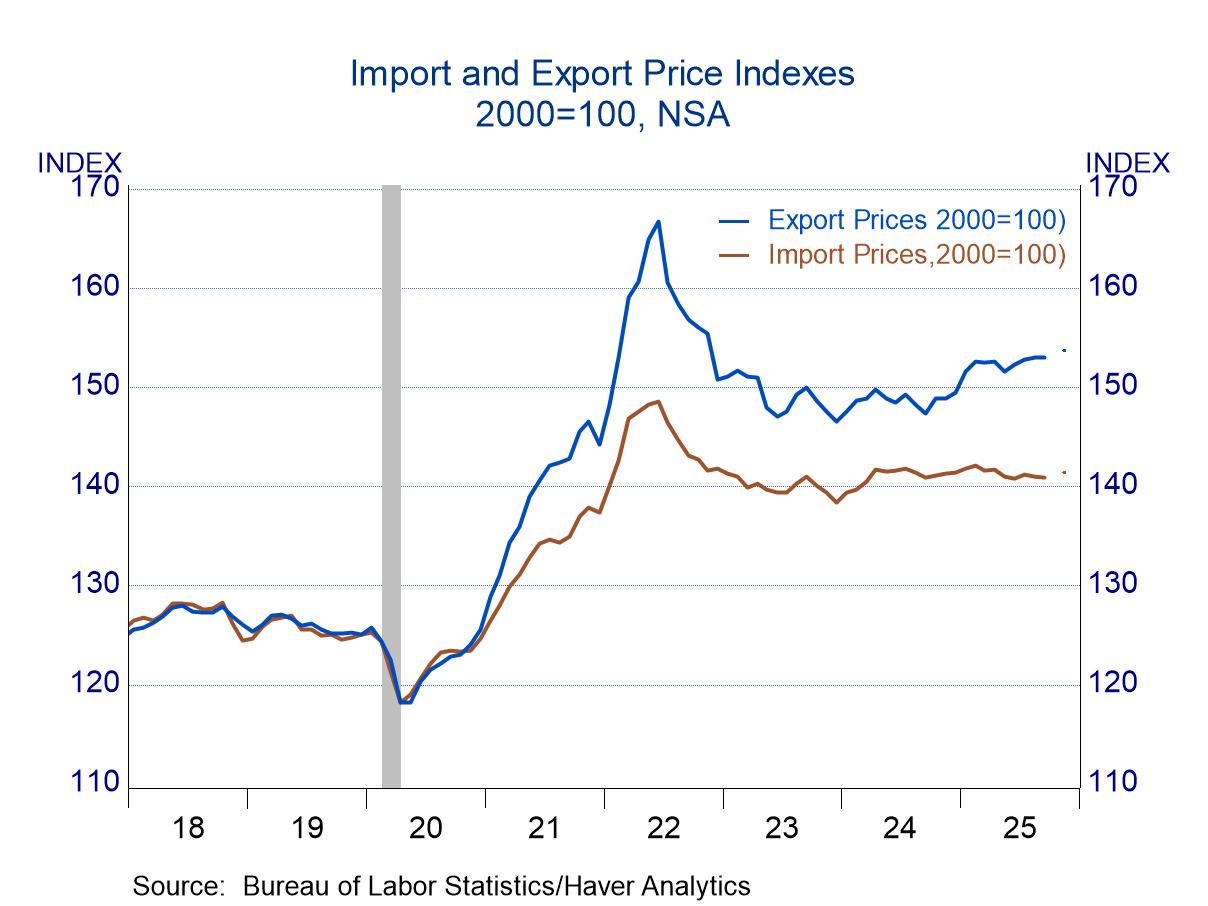 Global| Nov 25 2020
Global| Nov 25 2020U.S. Initial Jobless Claims Rise for a Second Week
Summary
• State initial claims climbed another 30,000 in Nov 21 week. • Continuing claims decreased for state but both PUA and PEUC increase. • Insured unemployment rate continues downtrend. Initial claims for regular state unemployment [...]
• State initial claims climbed another 30,000 in Nov 21 week.
• Continuing claims decreased for state but both PUA and PEUC increase.
• Insured unemployment rate continues downtrend.
Initial claims for regular state unemployment insurance rose again this past week ending November 21 to 778,000 from 748,000 the week before; the earlier week was revised slightly from 742,000. The year-on-year percent change in the November 21 week was 269%. The Action Economics Forecast Survey had estimated 721,000.
A change in the calculation of seasonal adjustment factors created a break in the series in late August. Though the current week-to-week comparison is valid, the comparison to before August 22 is not. For more details, please see the September 3 commentary on jobless claims.
The not seasonally adjusted data, which are comparable across all periods for initial claims, rose to 827,710 in the week ending November 21 from a slightly revised 749,338 (was 743,460). Haver Analytics has calculated methodologically-consistent seasonally adjusted data which matches the Department of Labor seasonally adjusted data since the late-August break.
Claims for the federal Pandemic Unemployment Assistance (PUA) program, which covers individuals such as the self-employed who are not included in regular state unemployment insurance, declined slightly in the week ended November 21, to 311,675 from 319,694. Data for this program only go back to April 4 and initial processing backlogs make comparisons to the early figures challenging. Numbers for this and other federal programs are not seasonally adjusted.
Seasonally adjusted continuing claims for regular state unemployment insurance programs fell by 299,000 in the November 14 week to 6.071 million from 6.370 million the prior week. Haver Analytics methodologically consistent seasonally adjusted continuing claims showed the same readings for those weeks. Not seasonally adjusted continuing claims dropped to 5,912 million from 6.080 million. In that November 14 week, both seasonally adjusted and not seasonally adjusted series were yet again the lowest since March 21.
Continuing PUA claims, which are lagged an additional week and not seasonally adjusted, turned higher in the November 7 week, reaching 9,148 million from 8,682 million the prior week. Pandemic Emergency Unemployment Compensation (PEUC) claims continued to increase to another new high, 4.509 million in the week ending November 7. This program covers people who were unemployed before COVID but exhausted their state benefits and are now eligible to receive an additional 13 weeks of unemployment insurance, up to a total of 39 weeks.
The seasonally adjusted state insured rate of unemployment declined to 4.1% in the week ending November 14 from 4.3% the week before. The not-seasonally adjusted rate decreased to 4.0% from 4.1%. Both seasonally adjusted and not seasonally adjusted readings are yet again the lowest since March 21. These data do not include the federal pandemic assistance programs. If you include the latest data available, which is lagged one additional week, the total number of state, PUA and PEUC continuing claims turned upward to 19.7 million or 13.4% of the covered employment (the series used by the Labor Department in calculating the insured unemployment rate). This rate edged back up slightly from the prior week's 13.3%, which was the lowest since mid-April.
The state insured rates of unemployment -- which do not include the special federal programs -- continued to show wide variation. In the November 7 week, the states with the lowest rates include South Dakota at just 0.8%, Utah (1.0%), Idaho (1.1%), Alabama (1.3%) and Nebraska (also 1.3%). The highest rates were in California (7.9%), Hawaii (7.1%), Nevada (6.9%), Alaska (6.3%) and Massachusetts (6.1%). Other large-population states include New York (4.7%), Pennsylvania (4.9%) and Texas (4.0%). These state rates are not seasonally adjusted.
Data on weekly unemployment claims going back to 1967 are contained in Haver's WEEKLY database, and they are summarized monthly in USECON. Data for individual states are in REGIONW. The expectations figure is from the Action Economics Forecast Survey, carried in the AS1REPNA database.
| Unemployment Insurance (SA, 000s) | 11/21/20 | 11/14/20 | 11/07/20 | Y/Y % | 2019 | 2018 | 2017 |
|---|---|---|---|---|---|---|---|
| Initial Claims | 778 | 748 | 711 | 269 | 218 | 221 | 244 |
| Initial Claims (NSA) | 828 | 749 | 725 | 228 | 218 | 221 | 243 |
| Initial Claims Pandemic Unemployment Assistance (NSA) | 312 | 320 | 296 | -- | -- | -- | -- |
| Continuing Claims | -- | 6,071 | 6,370 | 265 | 1,701 | 1,756 | 1,961 |
| Continuing Claims (NSA) | -- | 5,912 | 6,080 | 283 | 1,704 | 1,763 | 1,964 |
| Continuing Claims Pandemic Unemployment Assistance (NSA) | -- | -- | 9,148 | -- | -- | -- | -- |
| Insured Unemployment Rate (%) | -- | 4.1 | 4.3 |
1.2 |
1.2 | 1.2 | 1.4 |
Carol Stone, CBE
AuthorMore in Author Profile »Carol Stone, CBE came to Haver Analytics in 2003 following more than 35 years as a financial market economist at major Wall Street financial institutions, most especially Merrill Lynch and Nomura Securities. She had broad experience in analysis and forecasting of flow-of-funds accounts, the federal budget and Federal Reserve operations. At Nomura Securities, among other duties, she developed various indicator forecasting tools and edited a daily global publication produced in London and New York for readers in Tokyo. At Haver Analytics, Carol was a member of the Research Department, aiding database managers with research and documentation efforts, as well as posting commentary on select economic reports. In addition, she conducted Ways-of-the-World, a blog on economic issues for an Episcopal-Church-affiliated website, The Geranium Farm. During her career, Carol served as an officer of the Money Marketeers and the Downtown Economists Club. She had a PhD from NYU's Stern School of Business. She lived in Brooklyn, New York, and had a weekend home on Long Island.


